EA Sports UFC 2 PS4/PS5
The newly introduced Knockout Mode, an arcade style format, actually aids from this kind of precision too. Here, UFC 2 adopts the form of a traditional round of Street Fighter. It simplifies the gameplay with bouts that are standing only, and introduces a health bar represented by up to ten hit points--each unblocked strike to the head or body removes one point, with the opponent KOed once they are all gone. This ups the pace and indulges in UFC 2’s more arcade-y tendencies--which is perfect for multiplayer--but I also found it to be a useful starting point as a surprising training tool. With hit points at a premium, I had to adapt and quickly become better at blocking, parrying, and then reacting with devastating counter attacks, which served me well going forward. With separate blocks for both high and low attacks, you can also barrage the body with a combination of strikes before surprising an unguarded head with a powerful blow--something you couldn’t do in the first game due to its one-button-blocks-all system.
Outside of that, Knockout Mode is also a showcase for UFC 2’s new physics engine. With no canned animations for when a fighter get their lights conked out, many knockdowns will look distinct from one another, resulting in plenty of memorable moments as fierce uppercuts elicit the fencing response, and flying knees propel fighters off their feet in dramatic fashion. I couldn’t help but laugh with maniacal glee each time a spinning backfist would crumple my opponent to the mat in a cumbersome heap; it’s the closest I’ve seen a video game come to capturing the thrill of those Ultimate Knockout DVDs--a loud, exclamation point on the end of a fight.
The career mode will be similarly disappointing if you were expecting anything but the most basic and well-worn of structures. You can either create your own fighter (including female combatants for the very first time), or choose from a current roster fighter with their stats reduced. Here you will battle your way to the top of your weight class, with training mini-games interjected between bouts to increase your attributes. It’s all standard fare. Thankfully, concessions have been made to let you simulate training once you’ve taken part at least once, and are happy with the results (the better you do, the more your attributes will improve). It’s also possible to push yourself too hard in training and pick up injuries, resulting in reduced stats in a specific area for your next fight--like a reduction to left leg power. This is an interesting idea on paper, but it’s largely superfluous since the effects are rarely noticeable.

Its predecessor had some issues: there wasn’t enough to do and the ground game was poorly implemented. But EA has listened, and listened well. First, there are a lot more fighters – over 240 across 10 weight divisions (including two women’s divisions). That’s far more than you’ll ever use, of course, but the fact is if there’s a fighter you like, chances are they’re in the game.

Career Mode lets you to create a character from scratch, or import a current roster fighter with their stats reduced. The mode hits many of the same beats as its predecessor, though the training mode has been given a nice refresh. In the new training mode you can earn stat boosts by performing well during drills. However, there’s also the risk of picking up injuries if you push too hard. The mechanic is fun to begin with, but eventually you'll find yourself skimming training sessions out of boredom and the career mode will start to feel all-too-familiar.

One area that hasn’t improved is the commentary. While Joe Rogan delivered more eloquent lines of dialogue, Mike Goldberg speaks like a tourette's-affected slam poet. When there’s only one recording of a fighter’s name, having it delivered completely out-of-tone to the rest of the sentence is incredibly jarring.
| Brand | Non Branded |
|---|---|
| Warranty | Check at Delivery |
| Shipping | Same Day From Lahore |
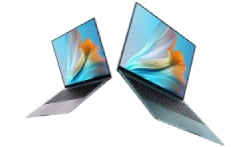

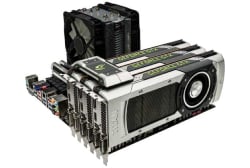
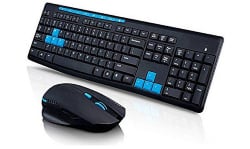
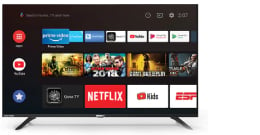

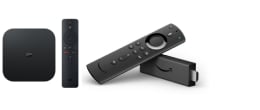

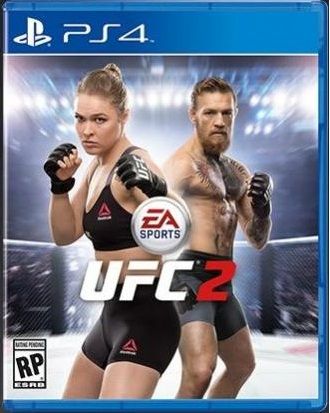

Log In